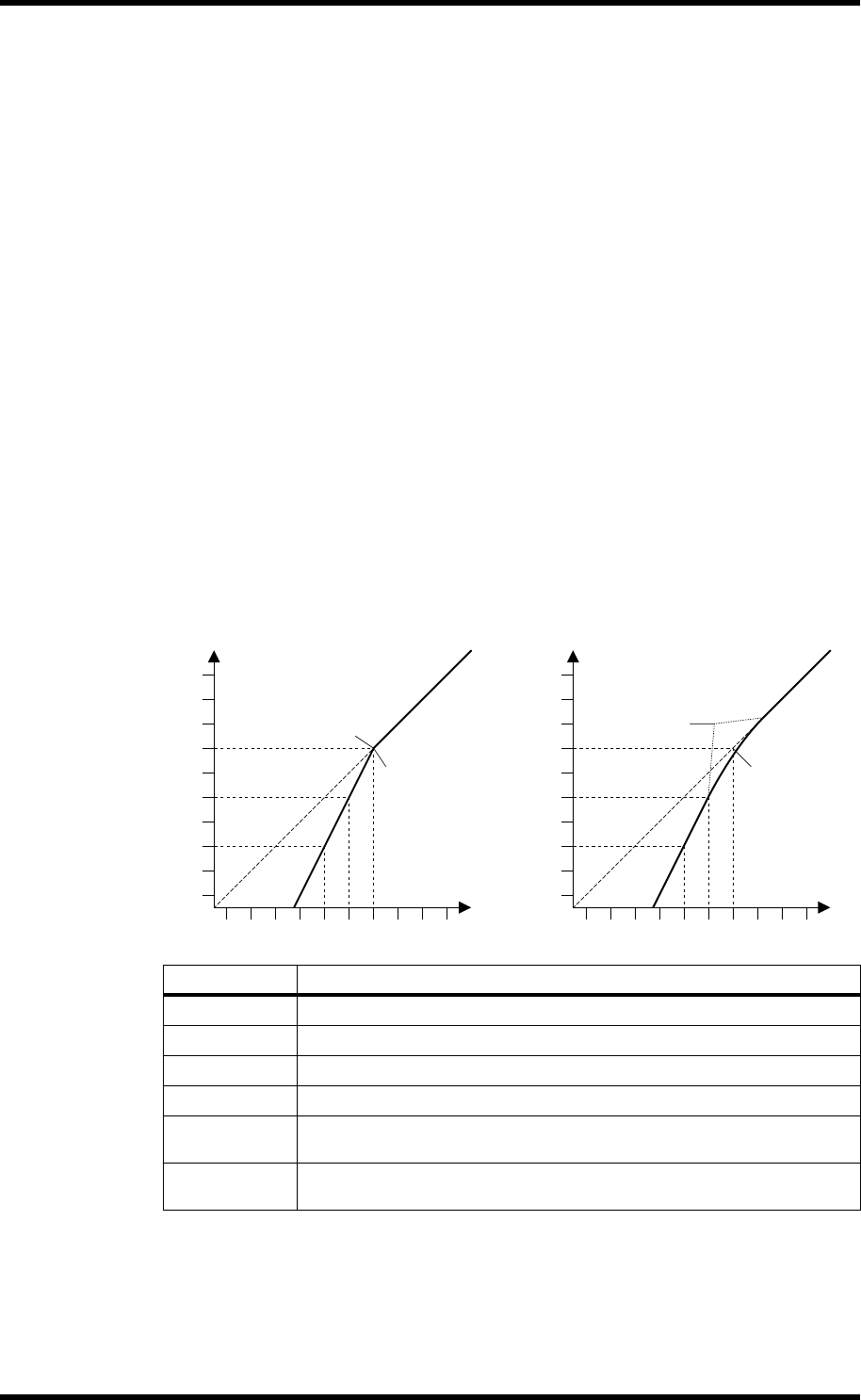
170 Chapter 13—Dynamics Processors
01V—Owner’s Manual
is reduced to a level set by the Range parameter. The trigger signal is sourced using the
KEY IN parameter.
RANGE—This determines the level to which the signal is ducked. For a setting of
–80 dB, the signal is virtually cutoff. For a setting of –30 dB, however, the signal is
ducked by 30 dB. For a setting of 0 dB, the ducker has no effect.
HOLD— This determines how long ducking remains active once the trigger signal has
fallen below the threshold level.
ATTACK—This determines how soon the signal is ducked once the ducker has been
triggered. With a fast attack time, the signal is ducked almost immediately. With a slow
attack time, however, ducking appears to fade the signal. Too fast an attack time may
sound abrupt.
DECAY—This determines how soon the ducker returns to its normal gain once the
trigger signal level drops below the threshold.
EXPAND
An expander is similar to a compressor except that it works on signals below the thresh-
old level. By reducing signals below the threshold level, the expander attenuates
low-level noise, effectively increasing the dynamic range and improving the sig-
nal-to-noise performance. An expander set to an infinite ratio (i.e., ∞:1) is essentially a
gate. The following two graphs show typical expander curves. The one on the left shows
an expander with an expansion ratio of 2:1 and a hard knee setting. The one on the
right shows an expander with an expansion ratio of 2:1 and a soft knee setting of 5.
THRESHOLD—This determines the level of input signal required to trigger the
expander. Signals above the threshold pass through the expander unaffected. Signals at
and below the threshold level are attenuated by the amount specified using the Ratio
parameter. The trigger signal is sourced using the KEY IN parameter.
Parameter Range
THRESHOLD
–54 dB to 0 dB (55 steps)
OUT GAIN
0.0 dB to +18.0 dB (0.5 dB steps)
KNEE
hard, 1, 2, 3, 4, 5
ATTACK
0–120 ms (1 ms steps)
RELEASE
5 ms–42.3 s (fs = 48 kHz)
6 ms–46 s (fs = 44.1 kHz)
RATIO
1:1, 1.1:1, 1.3:1, 1.5:1, 1.7:1, 2:1, 2.5:1, 3:1, 3.5:1, 4:1, 5:1, 6:1, 8:1,
10:1, 20:1, ∞:1 (16 steps)
–70
–60
–50
–40
–30
–20
–10
0
+10
+20
–70 –60 –50 –40 –30 –20 –10 0 +10 +20
Input Level (dB)
Output Level (dB)
Threshold = –10dB
Knee = hard
Expansion ratio = 2:1
–70
–60
–50
–40
–30
–20
–10
0
+10
+20
–70 –60 –50 –40 –30 –20 –10 0 +10 +20
Input Level (dB)
Output Level (dB)
Threshold = –20dB
Knee = 5
Expansion ratio = 2:1


















